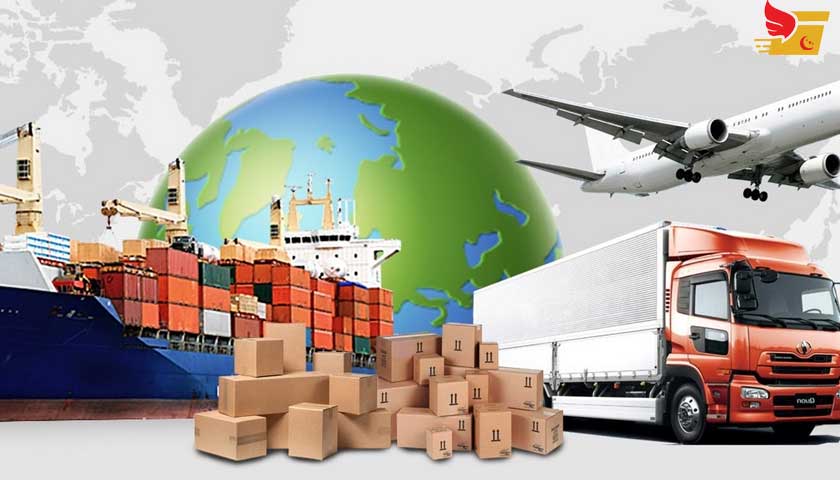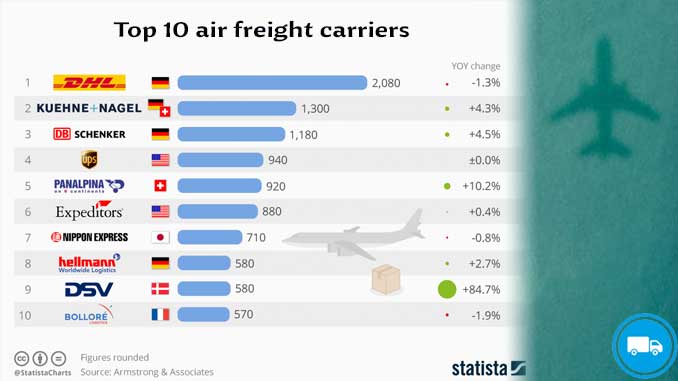Marine
✔ Automobiles are handled at many ports and are usually carried on specialized roll-on/roll-off ships.
✔ Break bulk cargo is typically material stacked on pallets and lifted into and out of the hold of a vessel by cranes on the dock or aboard the ship itself. The volume of break bulk cargo has declined dramatically worldwide as containerization has grown. One way to secure break bulk and freight in intermodal containers is by using Dunnage Bags.
✔ Bulk cargo, such as salt, oil, tallow, and scrap metal, is usually defined as commodities that are neither on pallets nor in containers. Bulk cargoes are not handled as individual pieces, the way heavy-lift and project cargoes are. Alumina, grain, gypsum, logs, and wood chips, for instance, are bulk cargoes.
✔ Neo-bulk cargo comprises individual units that are counted as they are loaded and unloaded, in contrast to bulk cargo that is not counted, but that are not containerized.
✔ Containers are the largest and fastest growing cargo category at most ports worldwide. Containerized cargo includes everything from auto parts, machinery and manufacturing components to shoes and toys to frozen meat and seafood.
✔ Project cargo and the heavy lift cargo include items like manufacturing equipment, air conditioners, factory components, generators, wind turbines, military equipment, and almost any other oversized or overweight cargo which is too big or too heavy to fit into a container.
Transportation types – Marine

(Visited 10 times, 1 visits today)



